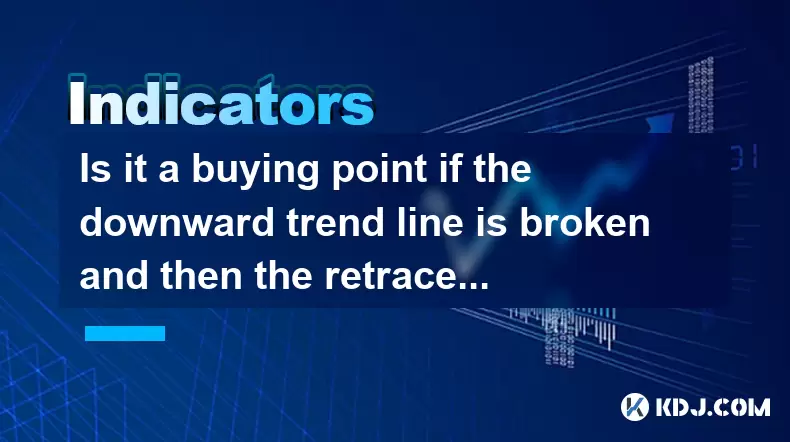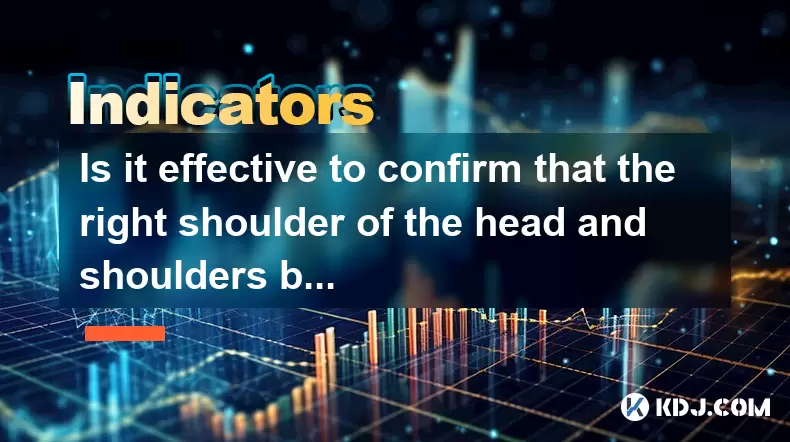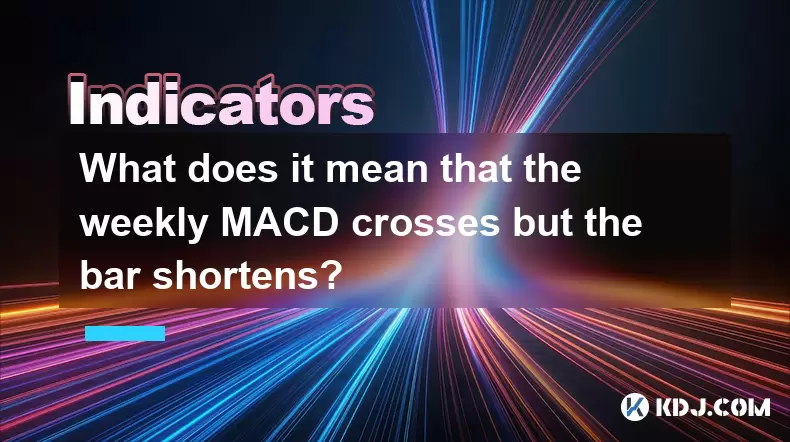-
 Bitcoin
Bitcoin $106,754.6083
1.33% -
 Ethereum
Ethereum $2,625.8249
3.80% -
 Tether USDt
Tether USDt $1.0001
-0.03% -
 XRP
XRP $2.1891
1.67% -
 BNB
BNB $654.5220
0.66% -
 Solana
Solana $156.9428
7.28% -
 USDC
USDC $0.9998
0.00% -
 Dogecoin
Dogecoin $0.1780
1.14% -
 TRON
TRON $0.2706
-0.16% -
 Cardano
Cardano $0.6470
2.77% -
 Hyperliquid
Hyperliquid $44.6467
10.24% -
 Sui
Sui $3.1128
3.86% -
 Bitcoin Cash
Bitcoin Cash $455.7646
3.00% -
 Chainlink
Chainlink $13.6858
4.08% -
 UNUS SED LEO
UNUS SED LEO $9.2682
0.21% -
 Avalanche
Avalanche $19.7433
3.79% -
 Stellar
Stellar $0.2616
1.64% -
 Toncoin
Toncoin $3.0222
2.19% -
 Shiba Inu
Shiba Inu $0.0...01220
1.49% -
 Hedera
Hedera $0.1580
2.75% -
 Litecoin
Litecoin $87.4964
2.29% -
 Polkadot
Polkadot $3.8958
3.05% -
 Ethena USDe
Ethena USDe $1.0000
-0.04% -
 Monero
Monero $317.2263
0.26% -
 Bitget Token
Bitget Token $4.5985
1.68% -
 Dai
Dai $0.9999
0.00% -
 Pepe
Pepe $0.0...01140
2.44% -
 Uniswap
Uniswap $7.6065
5.29% -
 Pi
Pi $0.6042
-2.00% -
 Aave
Aave $289.6343
6.02%
Is it a buying point if the downward trend line is broken and then the retracement does not break?
A breakout above a downward trend line with strong volume and a successful retest can signal a bullish reversal, offering a high-probability buying opportunity when confirmed by candlestick patterns and aligned with higher timeframe trends.
Jun 15, 2025 at 11:00 am

Understanding the Basics of a Downward Trend Line
In technical analysis, a downward trend line is drawn by connecting two or more price highs and extends into the future. This line acts as a resistance level, indicating that sellers are in control and pushing prices lower. The validity of the trend line increases with the number of touches it receives without being broken.
When analyzing whether a breakout from a downward trend line presents a buying opportunity, it’s essential to understand what constitutes a valid breakout. A true breakout occurs when the price closes above the trend line, not just a brief spike or shadow. Traders often wait for a candlestick close above the trend line to confirm this shift in momentum.
Evaluating Retracement After Breaking the Trend Line
After the price breaks above a downward trend line, it's common for the market to retest the area near the former resistance. This retest often results in a pullback or retracement. If the price holds above the trend line during this retracement phase, it suggests that the previous resistance has now turned into support.
A healthy retracement typically doesn’t break below the previously established trend line. This behavior indicates that buyers are stepping in at higher levels than before, reinforcing the potential for a bullish reversal. However, traders should closely monitor volume during these phases, as increasing volume on the breakout and stable volume during the retracement can provide additional confirmation.
Identifying Key Confirmation Signals
To determine if a broken trend line and non-breaking retracement form a solid buying point, several confirmation signals should be considered:
- Candlestick patterns such as bullish engulfing or hammer formations may appear around the retracement zone.
- Volume analysis becomes crucial; a surge in volume during the breakout confirms strong buyer interest.
- Moving averages like the 50-period or 200-period EMA can act as dynamic support during the retracement.
- Fibonacci retracement levels can help identify potential areas where the price might find support after breaking the trend line.
These tools collectively enhance the probability of a successful trade setup. Without confirmation from multiple indicators, entering a position based solely on a trend line break can be risky.
Managing Risk When Entering a Trade
Entering a long position after a broken downtrend line and a successful retracement requires careful risk management. Traders should place a stop-loss order below the recent swing low or under the trend line itself, depending on how aggressive they want to be with their entry.
The take-profit level can be determined using various methods, including:
- Measured move projections from the height of the pattern.
- Previous resistance zones that may now act as targets.
- Risk-reward ratios (e.g., aiming for at least a 1:2 ratio).
Position sizing should also reflect the trader's confidence in the setup. If the retracement holds cleanly above the trend line and other confirming factors align, a larger position size may be justified. Conversely, if the retracement shows signs of weakness, reducing exposure is advisable.
Applying the Concept Across Different Timeframes
The reliability of a broken downward trend line followed by a non-breaking retracement varies across different timeframes. On higher timeframes like the daily or weekly chart, such setups tend to be more significant due to reduced noise and increased institutional participation.
On the 4-hour or 1-hour charts, similar patterns can occur but may be subject to false breakouts or whipsaws. Traders should always align their trades with the dominant trend seen on higher timeframes to avoid counter-trend entries.
Additionally, in cryptocurrency markets, volatility can lead to exaggerated moves both before and after trend line breaks. Therefore, using tighter stop losses and monitoring order books or liquidity pools becomes even more critical.
Common Pitfalls and Misinterpretations
One of the most frequent mistakes traders make is assuming that any break above a downward trend line is automatically bullish. In reality, many breakouts fail, especially if there isn't enough buying pressure or fundamental catalysts behind the move.
Another common error is misidentifying the trend line itself. Drawing a line through random highs instead of clear, consecutive peaks can lead to false signals. Always ensure that the trend line connects logical price points with sufficient historical significance.
Lastly, ignoring market context—such as broader macroeconomic trends, exchange inflows/outflows, or whale movements in crypto—can result in poor trade decisions. A seemingly perfect technical setup can easily be invalidated by adverse external conditions.
Frequently Asked Questions
Q: What if the price breaks the trend line but then quickly reverses?
This could indicate a false breakout, especially if the candlestick closes back below the trend line. Volume during the breakout is key—if volume is low, the move lacks conviction and should be treated cautiously.
Q: How long should I wait after the retracement before entering a trade?
Ideally, you should wait for a clear rejection of the retracement zone, such as a bullish candlestick closing above the trend line. Some traders prefer to wait for a new high to confirm strength before entering.
Q: Can this strategy be used in both uptrends and downtrends?
Yes, the same logic applies in reverse for upward trend lines. A break below an uptrend line followed by a failed pullback can signal a bearish reversal.
Q: Should I use this method alone or combine it with other strategies?
It’s strongly recommended to combine this approach with other technical tools such as RSI divergence, moving average crossovers, or volume profiles to increase the probability of success.
Disclaimer:info@kdj.com
The information provided is not trading advice. kdj.com does not assume any responsibility for any investments made based on the information provided in this article. Cryptocurrencies are highly volatile and it is highly recommended that you invest with caution after thorough research!
If you believe that the content used on this website infringes your copyright, please contact us immediately (info@kdj.com) and we will delete it promptly.
- 2025-W Uncirculated American Gold Eagle and Dr. Vera Rubin Quarter Mark New Products
- 2025-06-13 06:25:13
- Ruvi AI (RVU) Leverages Blockchain and Artificial Intelligence to Disrupt Marketing, Entertainment, and Finance
- 2025-06-13 07:05:12
- H100 Group AB Raises 101 Million SEK (Approximately $10.6 Million) to Bolster Bitcoin Reserves
- 2025-06-13 06:25:13
- Galaxy Digital CEO Mike Novogratz Says Bitcoin Will Replace Gold and Go to $1,000,000
- 2025-06-13 06:45:13
- Trust Wallet Token (TWT) Price Drops 5.7% as RWA Integration Plans Ignite Excitement
- 2025-06-13 06:45:13
- Ethereum (ETH) Is in the Second Phase of a Three-Stage Market Cycle
- 2025-06-13 07:25:13
Related knowledge

How to interpret the low opening the next day after the long lower shadow hits the bottom?
Jun 18,2025 at 12:22am
Understanding the Long Lower Shadow Candlestick PatternIn technical analysis, a long lower shadow candlestick is often seen as a potential reversal signal in a downtrend. This pattern occurs when the price opens, trades significantly lower during the session, but then recovers to close near the opening price or slightly above. The long wick at the botto...

How to operate the RSI indicator repeatedly in the 40-60 range?
Jun 18,2025 at 12:56am
Understanding the RSI Indicator and Its RelevanceThe Relative Strength Index (RSI) is a momentum oscillator widely used in cryptocurrency trading to measure the speed and change of price movements. Typically, the RSI ranges from 0 to 100, with levels above 70 considered overbought and below 30 considered oversold. However, when the RSI repeatedly stays ...

How strong is the MACD golden cross below the zero axis?
Jun 17,2025 at 11:00pm
Understanding the MACD Indicator in Cryptocurrency TradingThe Moving Average Convergence Divergence (MACD) is one of the most widely used technical indicators among cryptocurrency traders. It helps identify potential trend reversals, momentum shifts, and entry or exit points. The MACD consists of three main components: the MACD line, the signal line, an...

How effective is the golden cross of the William indicator double line in the oversold area?
Jun 17,2025 at 11:56pm
Understanding the William Indicator and Its Double Line SetupThe William %R (Williams Percent Range) is a momentum oscillator used to identify overbought or oversold conditions in a market. It ranges from 0 to -100, with readings above -20 considered overbought and below -80 deemed oversold. The double line setup refers to plotting two different timefra...

Is it effective to confirm that the right shoulder of the head and shoulders bottom volume at the 30-minute level is enlarged?
Jun 17,2025 at 11:42pm
Understanding the Head and Shoulders Pattern in Cryptocurrency TradingThe head and shoulders pattern is one of the most recognized reversal patterns in technical analysis, especially within cryptocurrency trading. It typically signals a potential shift from a bullish trend to a bearish one. This pattern consists of three peaks: the left shoulder, the he...

What does it mean that the weekly MACD crosses but the bar shortens?
Jun 18,2025 at 01:07am
Understanding the MACD IndicatorThe Moving Average Convergence Divergence (MACD) is a popular technical analysis tool used in cryptocurrency trading to identify potential trend reversals and momentum shifts. It consists of three main components: the MACD line, the signal line, and the histogram (also known as the bar). The MACD line is calculated by sub...

How to interpret the low opening the next day after the long lower shadow hits the bottom?
Jun 18,2025 at 12:22am
Understanding the Long Lower Shadow Candlestick PatternIn technical analysis, a long lower shadow candlestick is often seen as a potential reversal signal in a downtrend. This pattern occurs when the price opens, trades significantly lower during the session, but then recovers to close near the opening price or slightly above. The long wick at the botto...

How to operate the RSI indicator repeatedly in the 40-60 range?
Jun 18,2025 at 12:56am
Understanding the RSI Indicator and Its RelevanceThe Relative Strength Index (RSI) is a momentum oscillator widely used in cryptocurrency trading to measure the speed and change of price movements. Typically, the RSI ranges from 0 to 100, with levels above 70 considered overbought and below 30 considered oversold. However, when the RSI repeatedly stays ...

How strong is the MACD golden cross below the zero axis?
Jun 17,2025 at 11:00pm
Understanding the MACD Indicator in Cryptocurrency TradingThe Moving Average Convergence Divergence (MACD) is one of the most widely used technical indicators among cryptocurrency traders. It helps identify potential trend reversals, momentum shifts, and entry or exit points. The MACD consists of three main components: the MACD line, the signal line, an...

How effective is the golden cross of the William indicator double line in the oversold area?
Jun 17,2025 at 11:56pm
Understanding the William Indicator and Its Double Line SetupThe William %R (Williams Percent Range) is a momentum oscillator used to identify overbought or oversold conditions in a market. It ranges from 0 to -100, with readings above -20 considered overbought and below -80 deemed oversold. The double line setup refers to plotting two different timefra...

Is it effective to confirm that the right shoulder of the head and shoulders bottom volume at the 30-minute level is enlarged?
Jun 17,2025 at 11:42pm
Understanding the Head and Shoulders Pattern in Cryptocurrency TradingThe head and shoulders pattern is one of the most recognized reversal patterns in technical analysis, especially within cryptocurrency trading. It typically signals a potential shift from a bullish trend to a bearish one. This pattern consists of three peaks: the left shoulder, the he...

What does it mean that the weekly MACD crosses but the bar shortens?
Jun 18,2025 at 01:07am
Understanding the MACD IndicatorThe Moving Average Convergence Divergence (MACD) is a popular technical analysis tool used in cryptocurrency trading to identify potential trend reversals and momentum shifts. It consists of three main components: the MACD line, the signal line, and the histogram (also known as the bar). The MACD line is calculated by sub...
See all articles

























































































